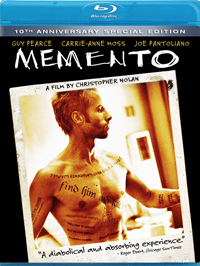The Next Three Days

For the law, there are no multiple interpretations of what a fugitive means. But why anyone becomes a fugitive depends greatly on the individual’s surrounding circumstances. Tim Robbins’s character Andy Dufresne in “The Shawshank Redemption” (1994) and Russell Crowe’s character John Brennan in “The Next Three Days” (2010) are both fugitives--the former escapes from a prison--while the latter masterminds an escape plan. Irrespective of their operational boundaries--inside or outside a prison--these characters are fugitives in the eyes of the law. However, their actions are initiated by a common reasoning: they were given a raw deal by the law that drove them to the brink. Structurally, both the films are driven by astute planning and deeply focused male protagonists. Director Paul Haggis’s “The Next Three Days” is not about an unfair verdict or about proving innocence, but about one man’s obsession. John’s wife, Lara Brennan (Elizabeth Banks), is wrongly accused in a murder case...




